Are you planning a trip to Montana and wondering about the state’s COVID-19 testing requirements? In this essential guide, we’ll cover everything you need to know about Montana travel COVID testing. From the different types of tests available to testing locations across the Treasure State, we’ve got you covered.
Why is COVID-19 testing important when it comes to travel? Apart from ensuring your own safety, testing helps track exposure, understand the pandemic better, and contribute to public health efforts. We’ll also explore how your vaccination status may affect testing requirements.
- Related article: Making the Most of Your Montana Visit
Whether you’re a local resident or a visitor, this guide will help you navigate the testing landscape with ease. Stay informed, stay safe, and enjoy your time in the beautiful state of Montana.
7 Key Takeaways on Montana Travel COVID Testing
- COVID-19 testing, both before and after travel, is crucial for your safety and the safety of others.
- Montana has various testing locations to suit your needs such as Solv Health and other local healthcare providers.
- Vaccination is not mandated in Montana, but healthcare workers are required to be fully vaccinated. Testing is still recommended for all, regardless of vaccination status.
- PCR tests offer high accuracy, while rapid antigen and lateral flow tests provide quicker results.
- Consult official sources like the CDC and Montana DPHHS for the latest guidelines and information.
- By getting tested, you contribute to understanding the virus’s spread and informing public health strategies.
- Montana has its own legislation, like House Bill 702, and testing locations tailored to travelers.
Remember, testing is not just about you; it’s a collective effort to curb the spread of the virus. Stay informed, stay safe, and enjoy your time in Montana.
Importance of COVID-19 Testing for Travel
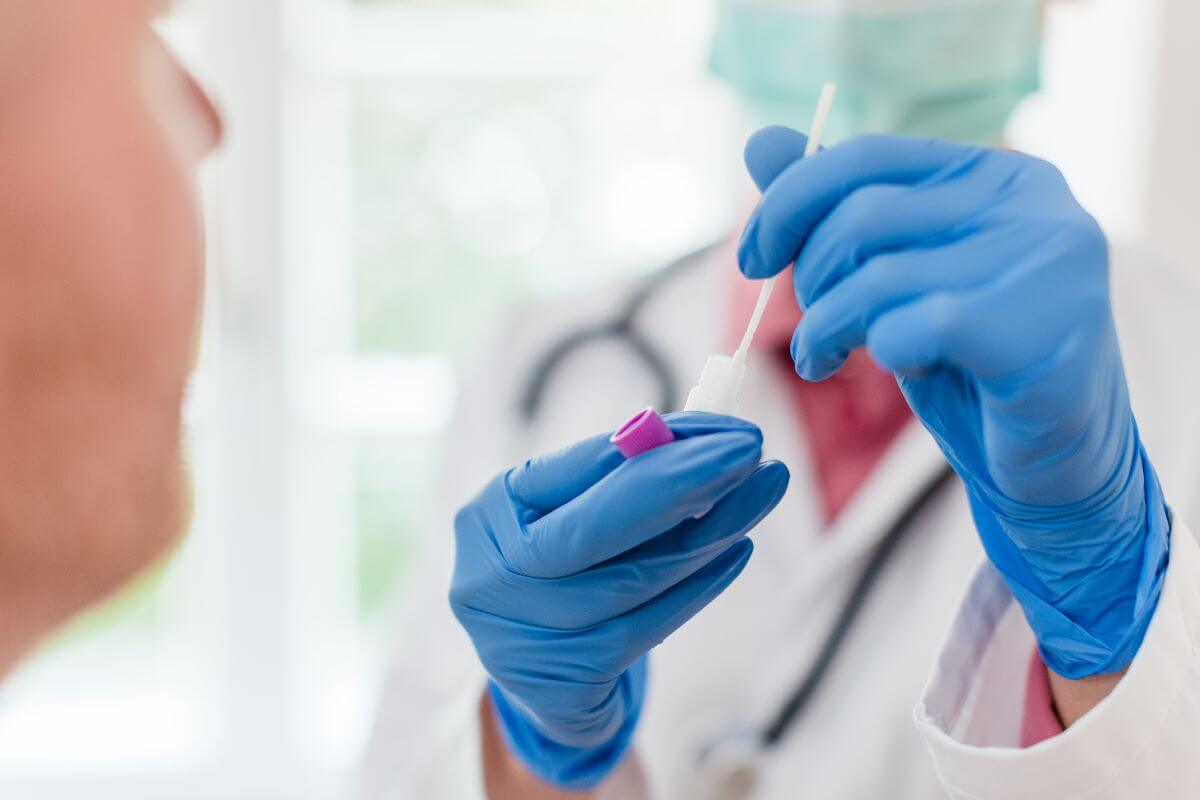
Whether you’re vaccinated or not, COVID-19 testing before and after travel is essential. Here’s why:
- Ensuring Safety – Testing provides a layer of protection for you and those around you. It helps identify if you’re carrying the virus, even if you’re asymptomatic, reducing the risk of transmission during your journey.
- CDC Guidelines – For post-travel testing, the CDC recommends a COVID-19 PCR or antigen test 3-5 days after your return. Following these guidelines can help detect any potential infections acquired during your trip.
- Tracking Exposure – If you’ve been in close contact with someone who has tested positive for COVID-19, getting tested is crucial. It allows you to take appropriate measures, such as self-isolation, to prevent further spread.
- Understanding the Pandemic – Testing plays a pivotal role in comprehending how the virus spreads and its impact on communities. By participating, you contribute to the larger data set that informs public health policies and strategies.
- Personal Health Insights – A negative test result post-travel can offer peace of mind, while a positive result allows for early intervention and medical care. Testing empowers you to make well-informed choices about your health and the health of those around you.
Remember, testing is not just about you; it’s a collective effort to curb the spread of the virus. Before starting on your next adventure, make sure to include a COVID-19 test in your pre and post-travel checklist.
COVID-19 Testing Locations in Montana
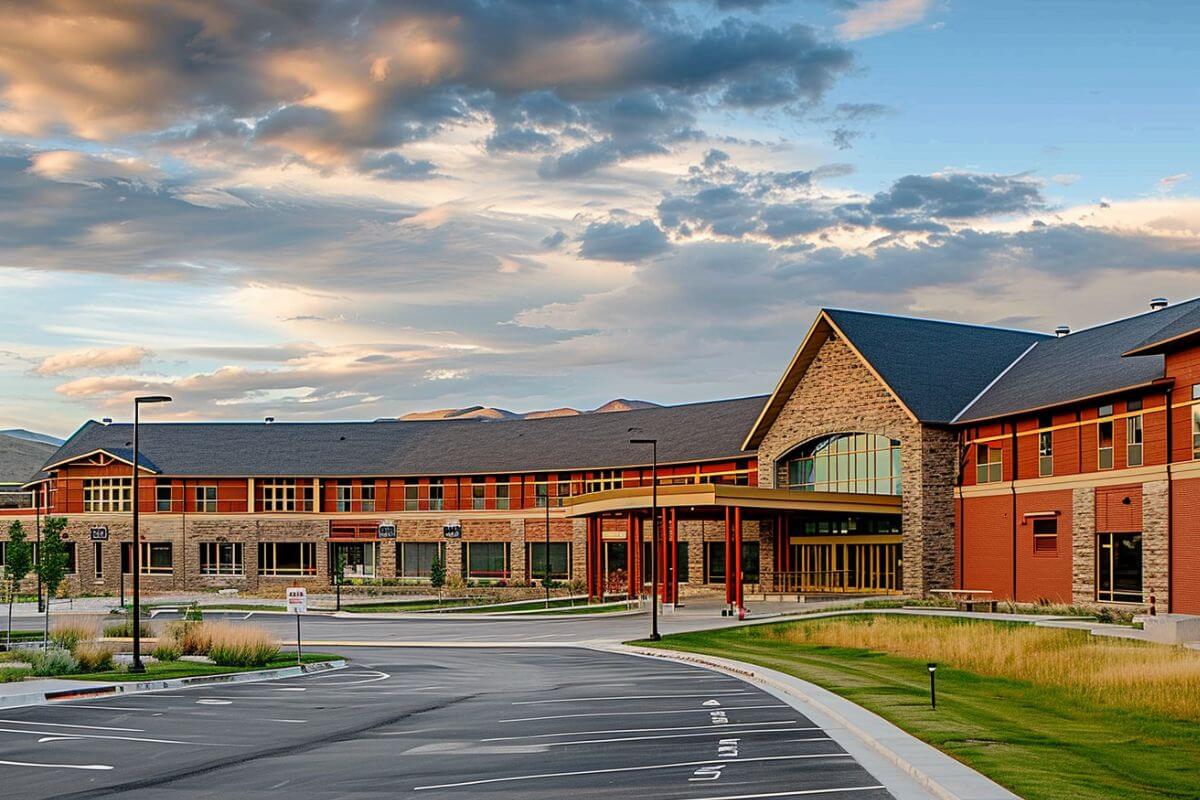
When it comes to COVID-19 testing in Montana, you’ve got options. Let’s break it down:
- Solv Health – Solv offers same-day and next-day appointments for COVID testing in Montana. They provide a list of healthcare providers conducting COVID tests, and appointments can be booked online.
- Livingston HealthCare – Livingston HealthCare offers COVID testing at its UrgentCare location. Testing is available for symptomatic patients with a provider visit. The facility does not offer testing for asymptomatic patients or symptomatic patients who do not have a provider visit.
- Montana’s Testing Information – The Montana DPHHS prioritizes testing at the Montana Public Health Lab for critical needs, focusing on symptomatic individuals, close contacts, and frontline workers. The website provides details on testing for asymptomatic individuals, including travel and pre-procedural testing.
- Glacier COVID-19 Testing Center – The Glacier COVID-19 Testing Center is located in West Glacier, Montana. It offers PCR testing at a station in a greenhouse. The testing is provided at no fee, based on availability.
The Montana DPHHS also has a comprehensive list of travel testing locations in the state. One such location is the COVID-19 testing center at Glacier, where you can get tested at no cost, depending on availability.
Remember, each testing location may have its own set of requirements and restrictions, so it’s always a good idea to check ahead of time. Stay informed, stay safe, and enjoy your time in the Treasure State.
Vaccination Status and Testing Requirements
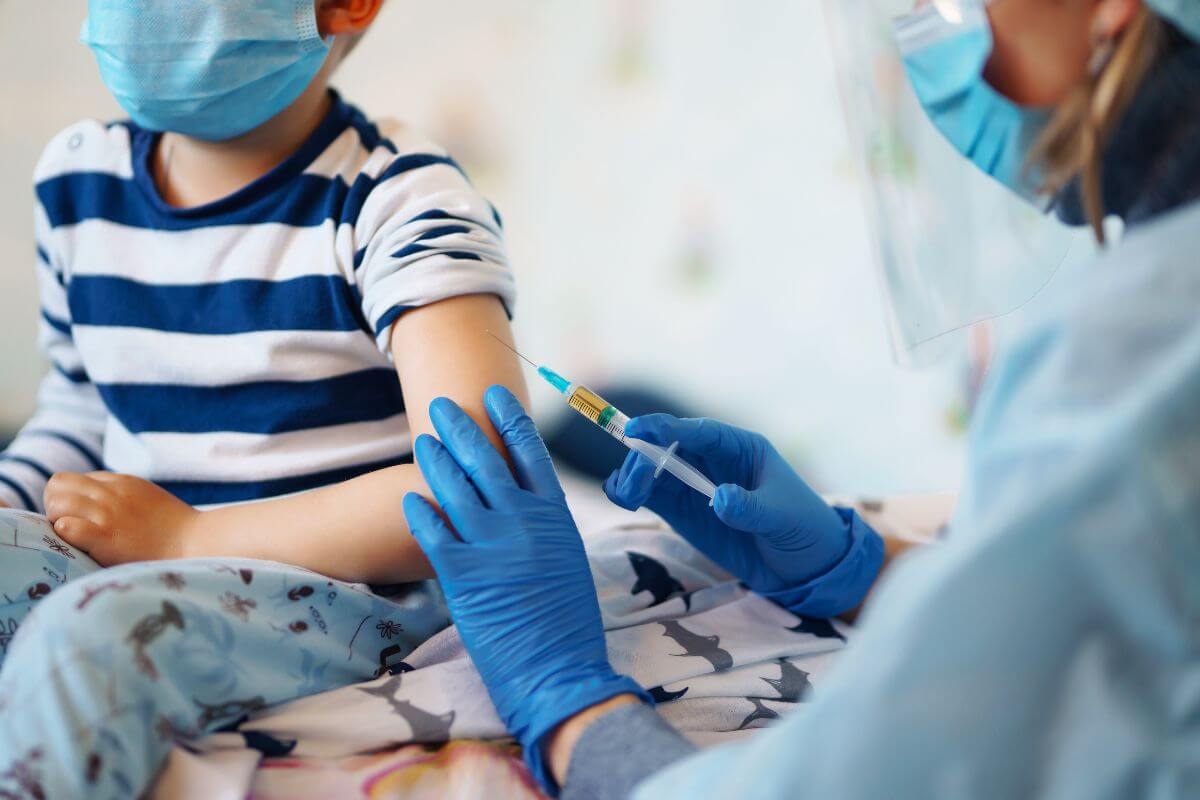
The COVID-19 vaccine is not currently mandated for adults across industries in Montana, thanks to House Bill 702. This bill prohibits discrimination based on vaccination status, ensuring your freedom to choose. However, it’s worth noting that healthcare workers fall under the CMS Vaccine Mandate Guidance, which requires them to be fully vaccinated.
Recently, a federal court blocked the enforcement of House Bill 702 due to concerns about public interest. So, while the law is in limbo, it’s essential to stay informed about any updates or changes.
The Montana Department of Public Health and Human Services recommends that travelers self-quarantine for five days after their journey, regardless of vaccination status. This extra precaution helps mitigate the risk of potential exposure.
When it comes to testing, the ideal timeline is three to five days after travel. Combine this with symptom monitoring, and you have a robust strategy to stay on top of your health.
COVID-19 symptoms can range from mild to severe and may appear anywhere from 2 to 14 days after exposure. Common symptoms include fever, cough, fatigue, and loss of taste or smell. If you’ve recovered from a documented
COVID-19 infection in the last 90 days, you may be exempt from pre-travel testing and only need to observe post-travel self-quarantine. Remember, the situation is fluid, and guidelines can change. Always consult official sources like the Montana Department of Public Health and Human Services or the CDC for the most up-to-date information.
Different Types of COVID-19 Tests Available
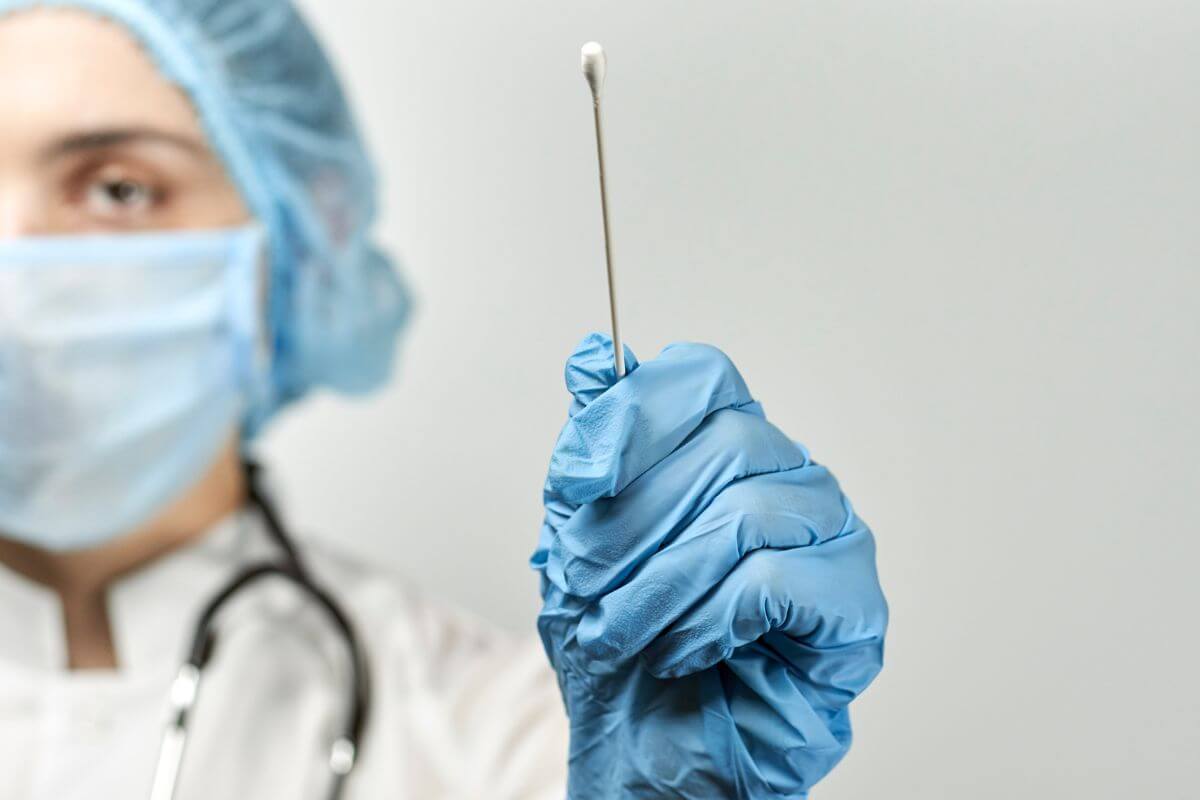
When it comes to COVID-19 testing for travel, not all tests are created equal. To help you navigate the testing landscape, let’s explore the various types of COVID-19 tests available, from the rapid antigen tests to the more sensitive PCR tests.
1. PCR Test
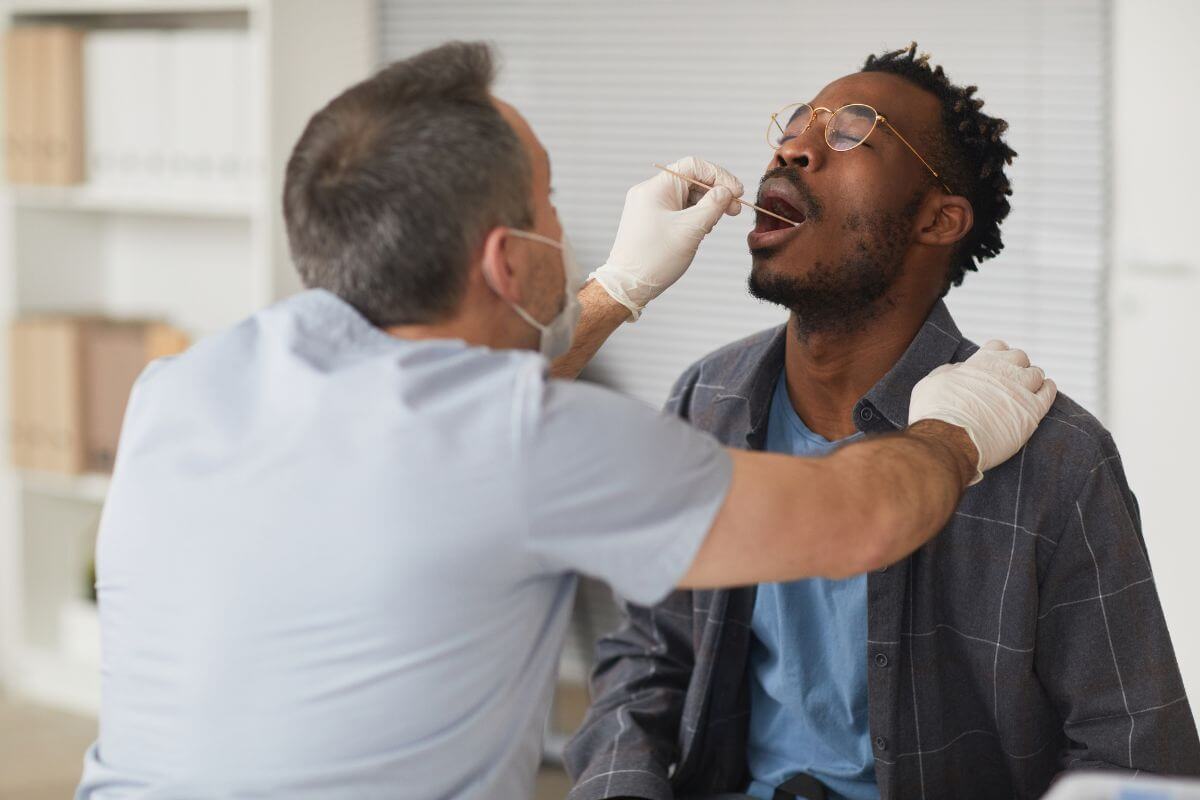
When it comes to COVID-19 testing, PCR (polymerase chain reaction) tests are the real deal. They’re the gold standard, offering high accuracy in detecting the SARS-CoV-2 virus, which causes COVID-19.
The good news is that Montana has a robust network of testing facilities. You can get a PCR test at urgent care centers, retail clinics, primary care offices, and even local health departments.
In some places, you can snag a same-day or next-day appointment, reducing the waiting time and allowing you to plan your travels more efficiently. Unlike rapid tests, PCR tests are sent to offsite labs for thorough analysis, providing a comprehensive picture of your infection status.
Now, let’s talk turnaround time. While PCR tests do take longer to process than rapid tests, the average wait in Montana is around 48 hours, give or take. I recently took a PCR test at a local urgent care center, and I received my results within the promised timeframe. The peace of mind it brought was well worth the wait.
If you’re planning a trip and need a reliable COVID test, consider the PCR route. It may take a bit longer than rapid tests, but the accuracy and availability in Montana make it a top choice.
2. Rapid Antigen Test
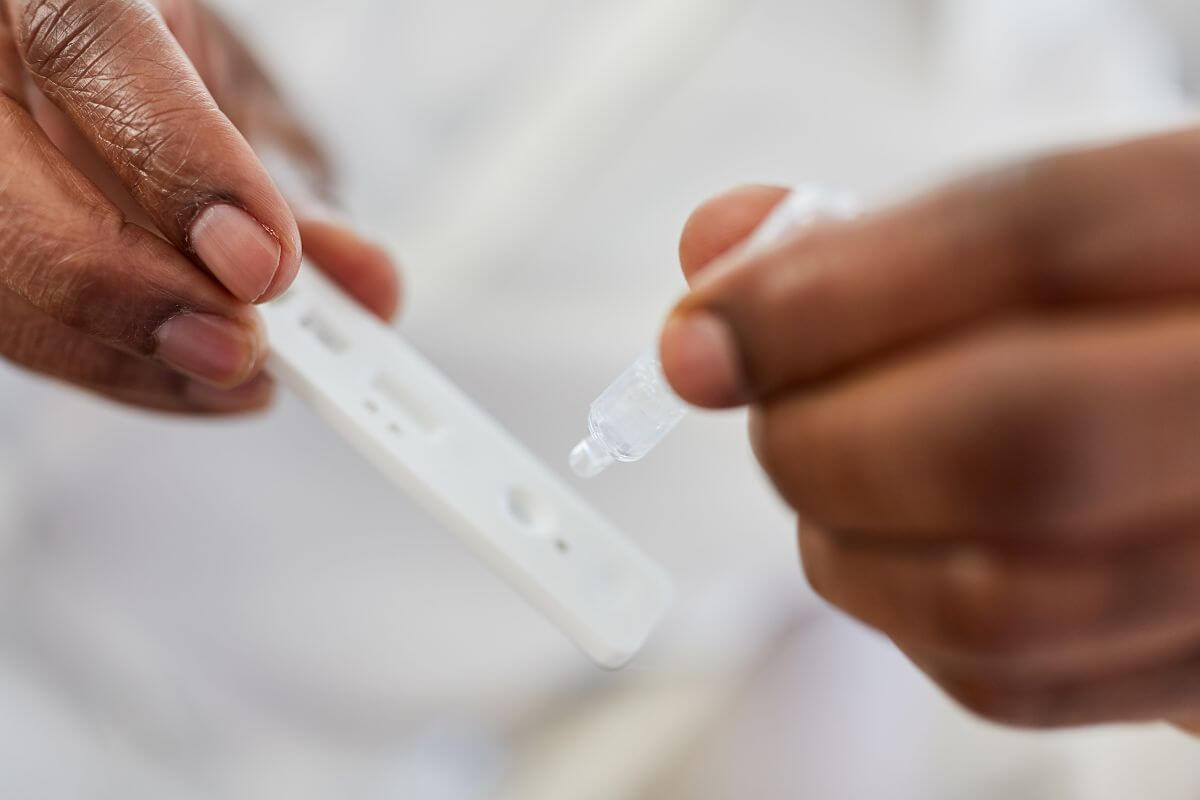
If you’re in a time crunch and need a quick COVID-19 test result, Montana has you covered with its rapid antigen testing options.
Some centers, like AFC Urgent Care, can provide results in as little as 30 minutes. This is a fantastic solution if you’re looking to get on the road or in the air promptly.
The Montana Department of Public Health and Human Services (DPHHS) has compiled a list of travel testing locations across the state, including facilities that offer rapid antigen testing by appointment.
Contact your preferred testing site in advance to gather information on available tests and any appointment requirements. This way, you can avoid any unwelcome surprises and ensure a smooth testing process.
Why is this important? Well, as travel requirements continue to change, having the right test at the right time can make all the difference. By being aware of the rapid antigen testing options and COVID trends in Montana, you can confidently plan your travels, knowing you have a convenient and timely testing solution at your fingertips.
3. Rapid Lateral Flow Test
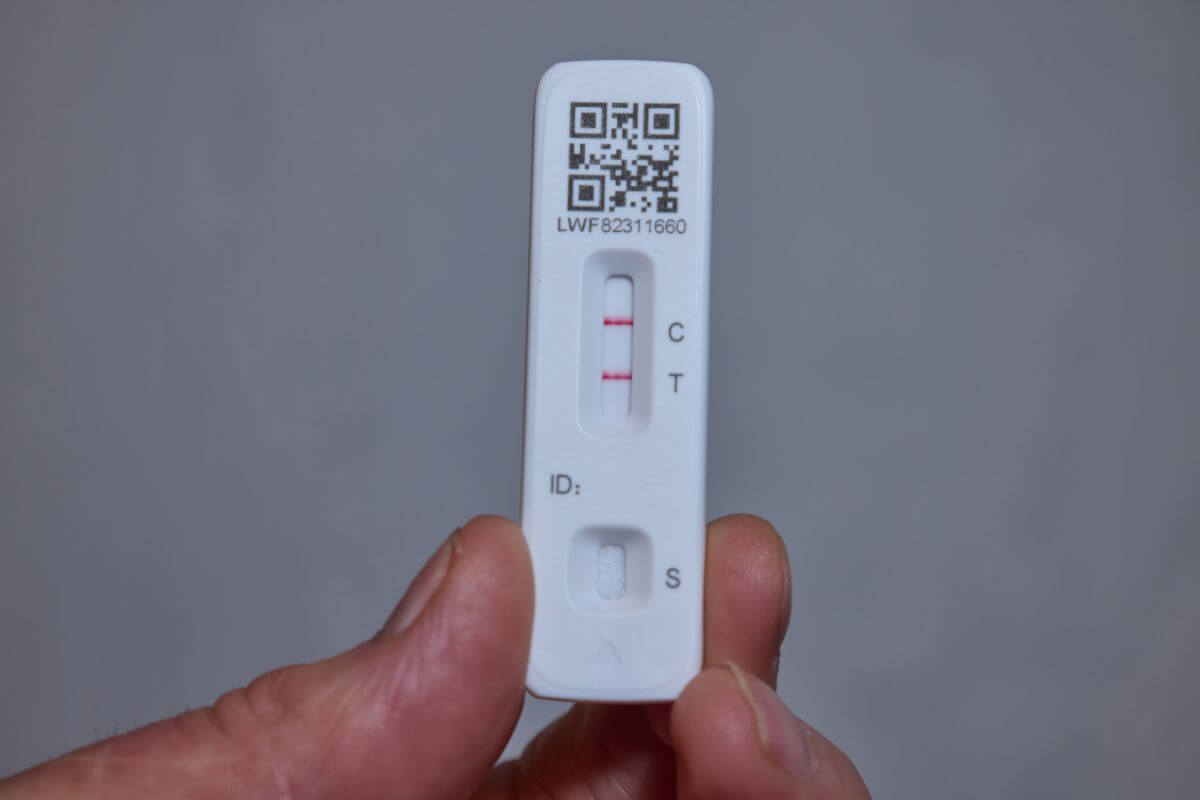
Rapid lateral flow tests are widely available across the state, from urgent care centers to primary care offices and even retail clinics. These tests are designed to swiftly detect active COVID-19 infections, making them a convenient option for travelers and locals alike.
Why Rapid lateral flow tests matter for travelers:
- Quick results – Typically, you can expect your test results in under an hour.
- Convenience – These tests are often available on a walk-in basis, saving you time and hassle.
- Travel Compliance – Many airlines and destinations now accept rapid tests as a valid entry requirement.
Before you pack your bags, it’s crucial to reach out to your chosen testing site. Availability and appointment requirements can vary, so a quick call or online search will ensure you’re prepared. Stay informed, plan, and make your travel experience as smooth and safe as possible.
Stay Updated and Prepared
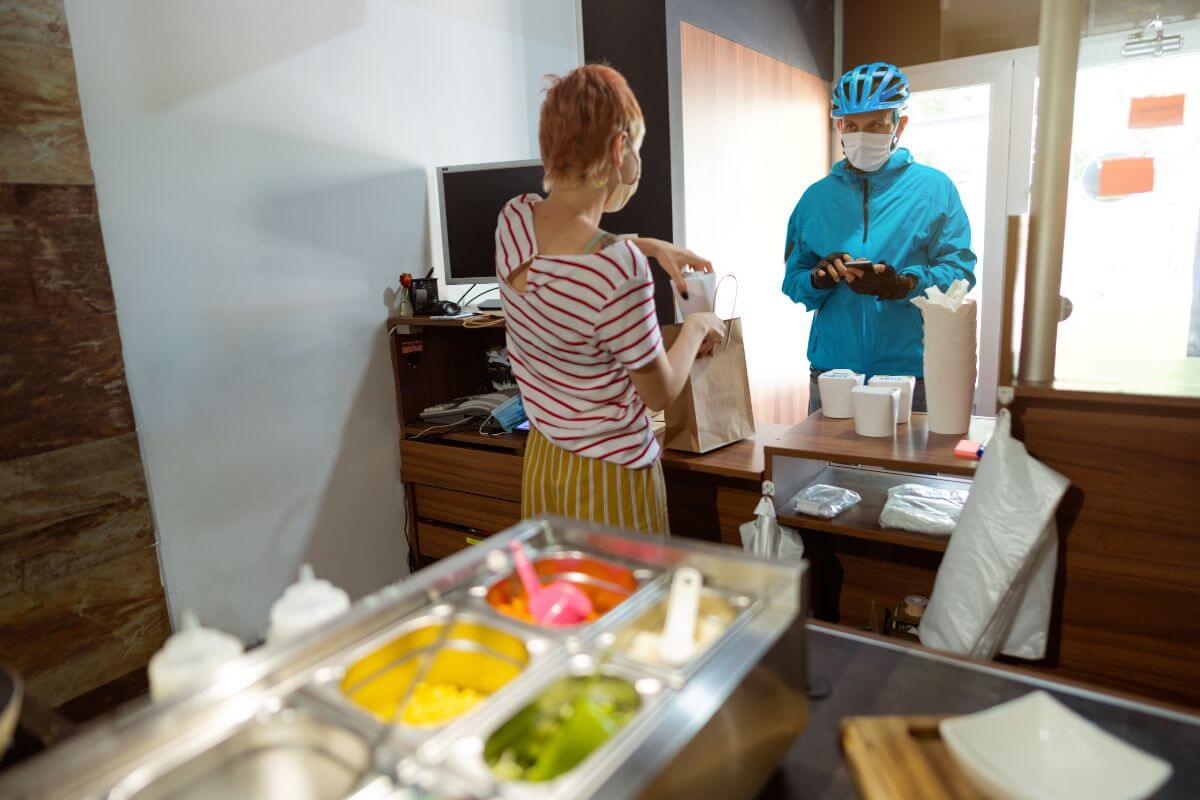
During these uncertain times, it’s crucial to stay informed and prepared for COVID-19. The White House National COVID-19 Preparedness Plan outlines four key goals: protection and treatment, expanding testing and contact tracing, safeguarding vulnerable communities, and restoring economic activity.
To stay updated, I rely on resources like the CDC, which provides information on prevention, testing, treatment, vaccine updates, and guidelines.
Local and state public health departments offer details on testing, vaccination locations, and safety guidelines. It’s essential to stay informed and up-to-date with the latest information to protect oneself and others from COVID-19.
Montana Travel COVID Testing Final Thoughts
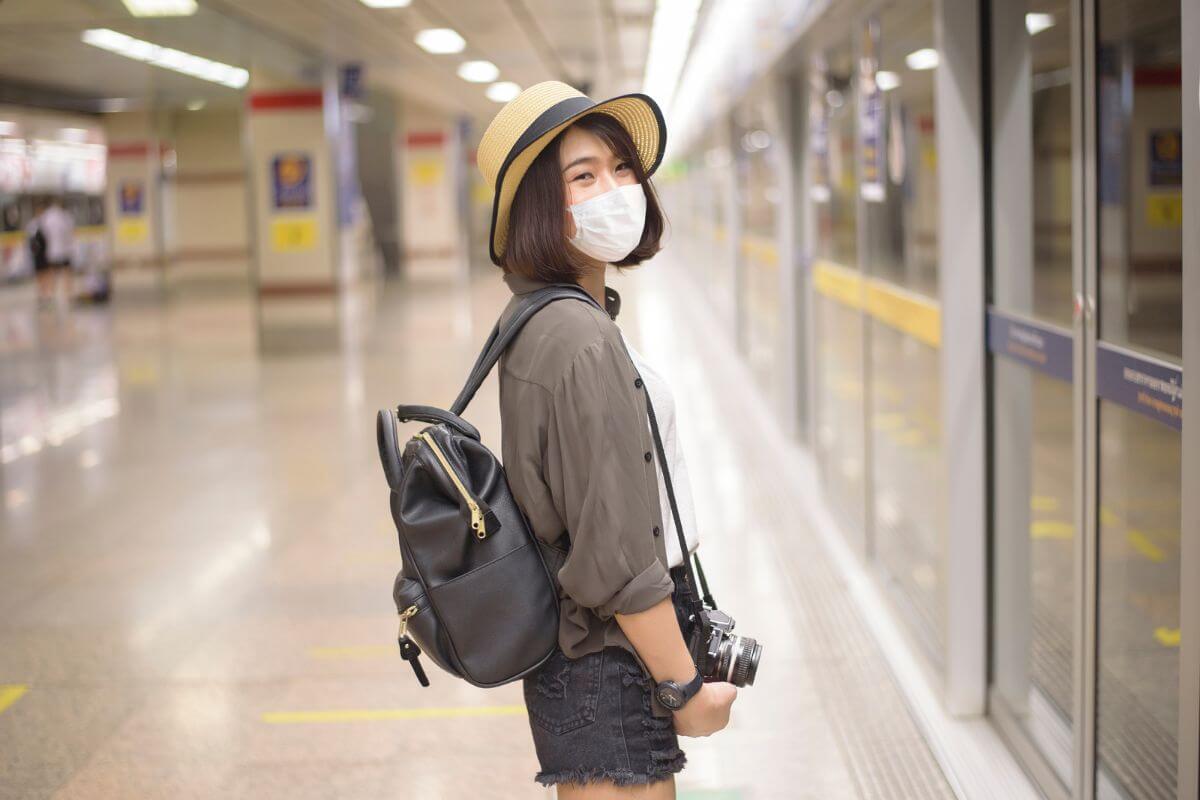
Staying informed about COVID-19 guidelines, testing options, and vaccination status is imperative. Whether vaccinated or not, pre and post-travel testing is crucial, following CDC-recommended timelines for proactive containment efforts.
It’s not just about individuals, but also about understanding the spread of the pandemic and guiding actions. Montana provides diverse testing locations offering various tests, enhancing accessibility for all.
The complexity of vaccination exemptions, especially in healthcare, and the impact of legislation like House Bill 702 cannot be overlooked in preventing discrimination based on vaccination status. Travel recommendations must also align with symptom onset, considering the variable nature of COVID-19 symptoms.
Staying updated, leveraging resources, and understanding testing options and vaccination requirements are essential to safeguard oneself and the community amidst the evolving landscape of guidelines and resources. This complex and ever-changing environment requires our vigilance and adaptability.
Montana Travel COVID Testing FAQs
1. Where Can I Get COVID Tests in Bozeman?
There are several COVID-19 testing locations in Bozeman, Montana. Some of the testing centers include:
- Bozeman Health
- East Main Medical Clinic
- BestMed Urgent Care
- Osco Albertson Pharmacy
- Zip Clinic
2. Where Can I Get Tested for COVID in Missoula?
Some of the testing centers in Missoula, Montana include:
- Solv Health
- Community FirstCare
- Missoula Public Health
3. Can You Take COVID Tests on a Plane?
Typically, airlines don’t conduct COVID tests onboard. However, some airlines might offer pre-flight testing at specific airports or partner with testing facilities to facilitate testing for passengers before departure, ensuring compliance with travel requirements.
It’s essential to check with the airline or airport beforehand for any available testing options.
4. What Are COVID Symptoms to Get Tested?
COVID symptoms prompting testing include fever, cough, shortness of breath, fatigue, muscle or body aches, headache, loss of taste or smell, sore throat, congestion, or nausea.
If experiencing any of these symptoms or suspecting exposure to COVID-19, seeking testing and isolation is advised to prevent potential spread.
Loved this content? Dive into more great Montana articles:

